Previously in this series. 01. Leh. From the air. 02. Drive. Leh to Batalik. 03. Batalik. Day One. and 05. Batalik. Day Two. Part Two. And I am back with Part One of Day Two at Batalik. As I had mentioned, this was a VERY packed day in terms of the things that had been planned for us and there is no way to fit in all the images from Day Two in one blog post.
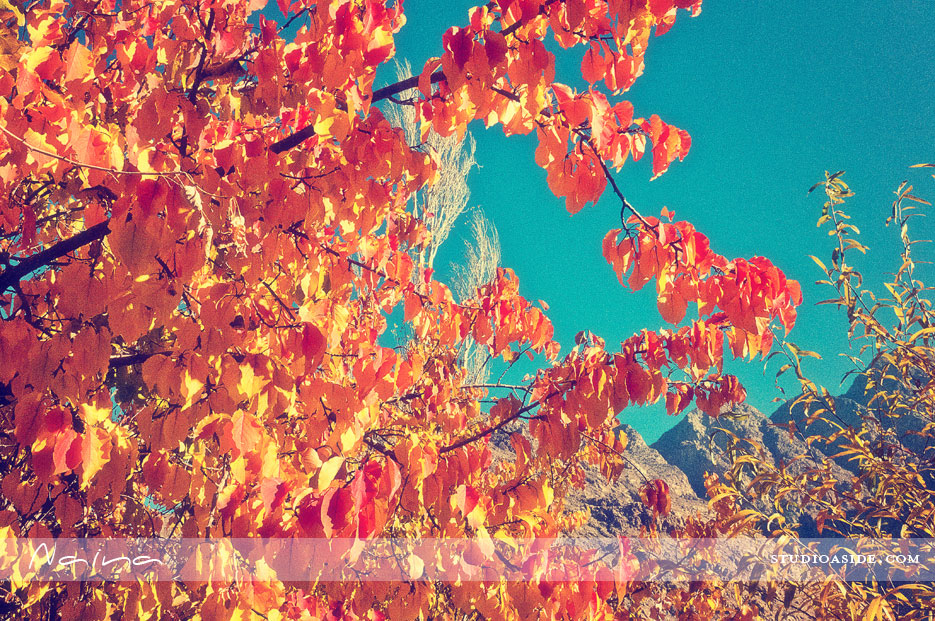 above : The day started at around 0730 hours and I woke up mesmerized with the colors outside my window. |
|
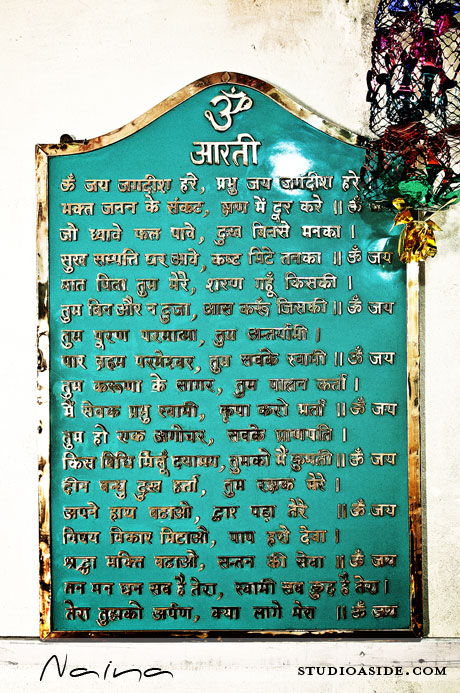
|

|
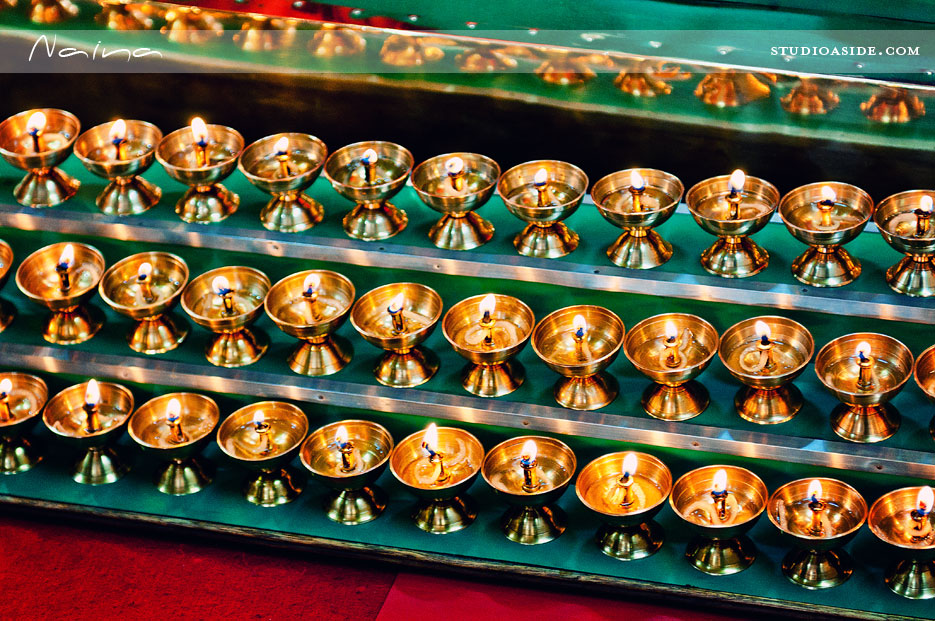 above : This ritual is sacrosanct when you’re in an Army field area and especially when visiting after a long time. Even after an Officer retires or moves out on posting, there are strong ties that bind – not only with the soldiers and officers who were part of the Unit when the officer was posted there but also rituals and material things that hold memories. Like the Unit’s “mandir”. There’s a dedicated pandit conscripted in each battallion. |
|
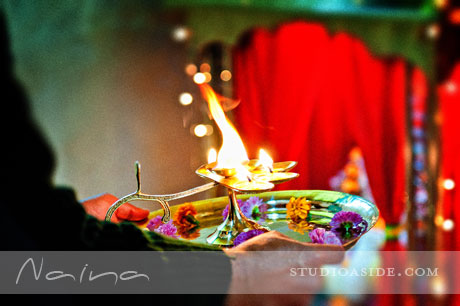
|
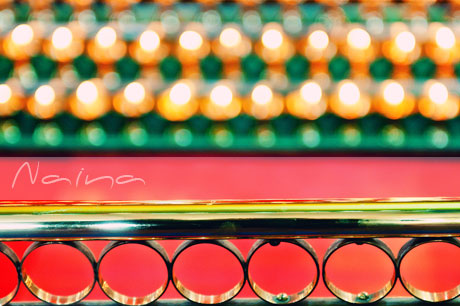
|
|
above: We were then taken to the mini-museum. The bust you see above in black and white is Maj. Shaitan Singh of 13 Kumaon who was awarded the Param Vir Chakra posthumusly after the Indo-China war of 1961. |
|
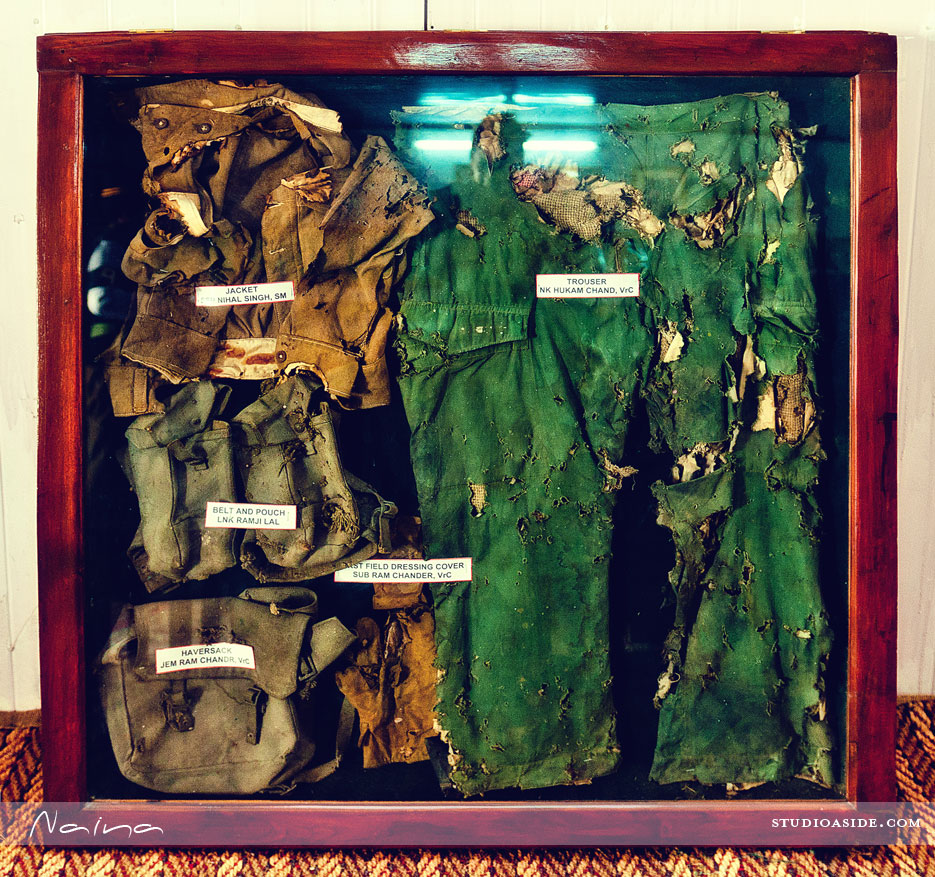 above : Clothing with bullet-holes and splashes of blood still visible on them, preserved and displayed, with names of the soldiers they belonged to. |
|
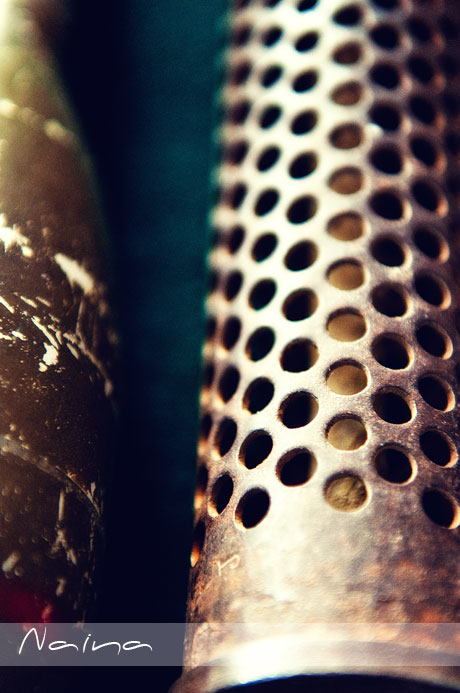
|
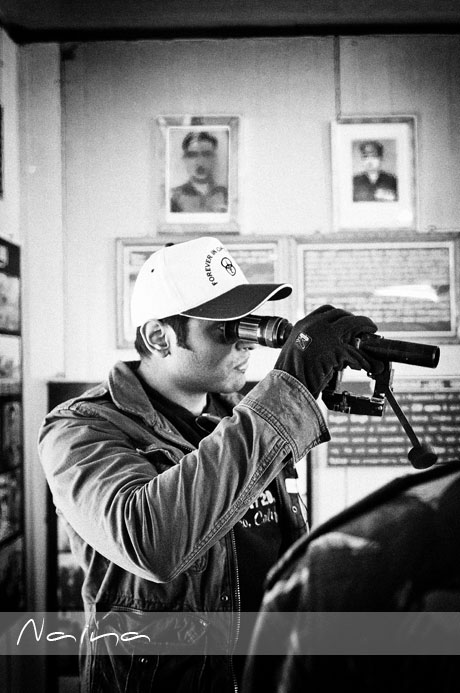
|
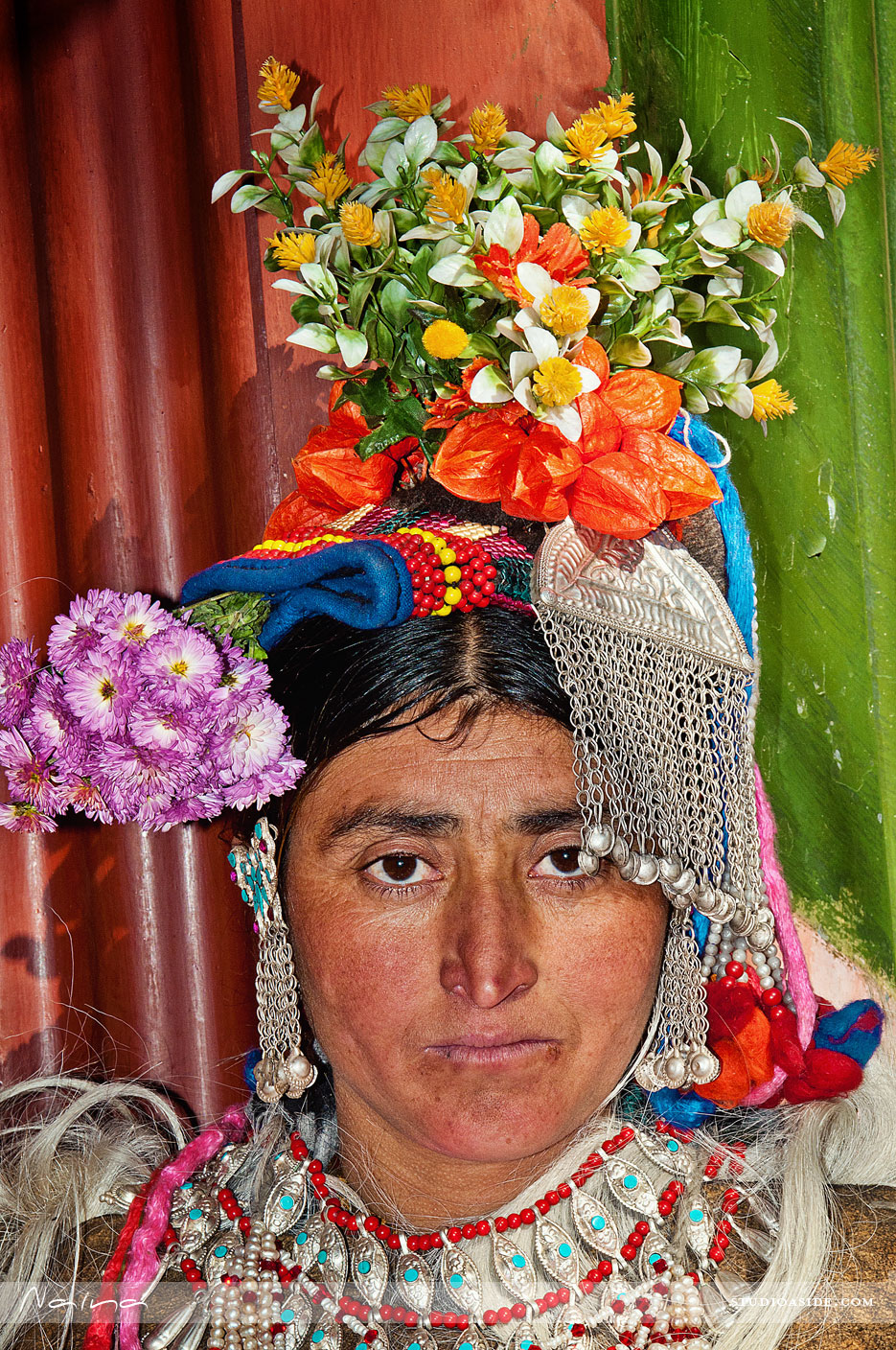 above : A lady from the Aryan village on the outskirts of Batalik. The bunch of orange flowers that you see on her head dress, just above the silver head-piece, those are real, as are the purple ones jutting out from stalks on the left. The rest are plastic. We met with locals who rely on the Army for food, medicine and education. The people had put together a small song-dance routine and except for me shoving my camera in everyone’s face, it was quite an enjoyable experience. |
|
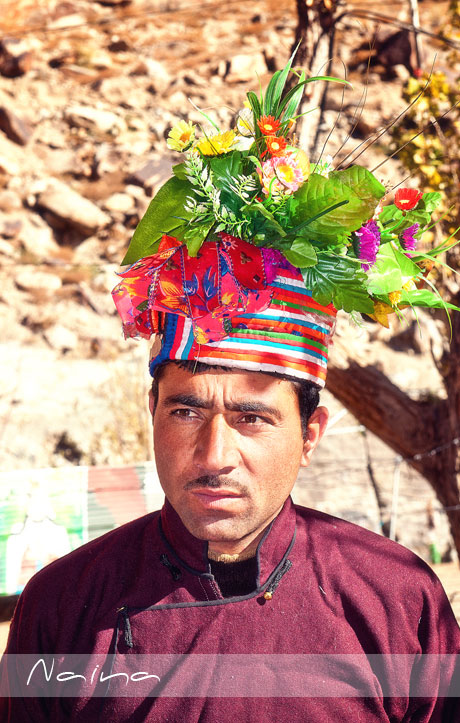
|
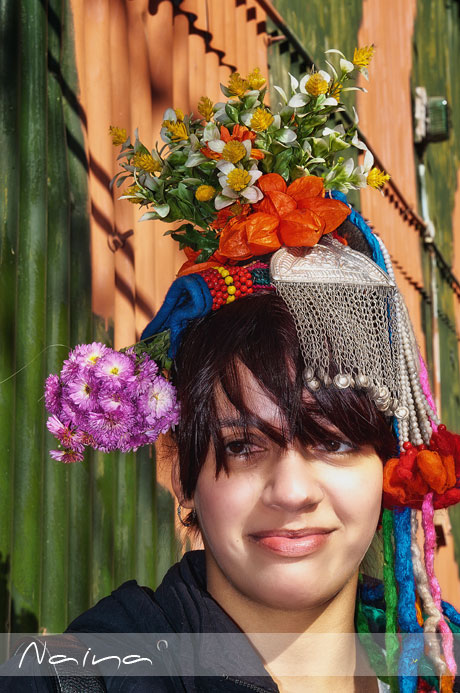 left & above: Exchange of headgear. You’ll also see @akanksharedhu trying on the ladies headgear. Below : a boy and his grandmother.
|
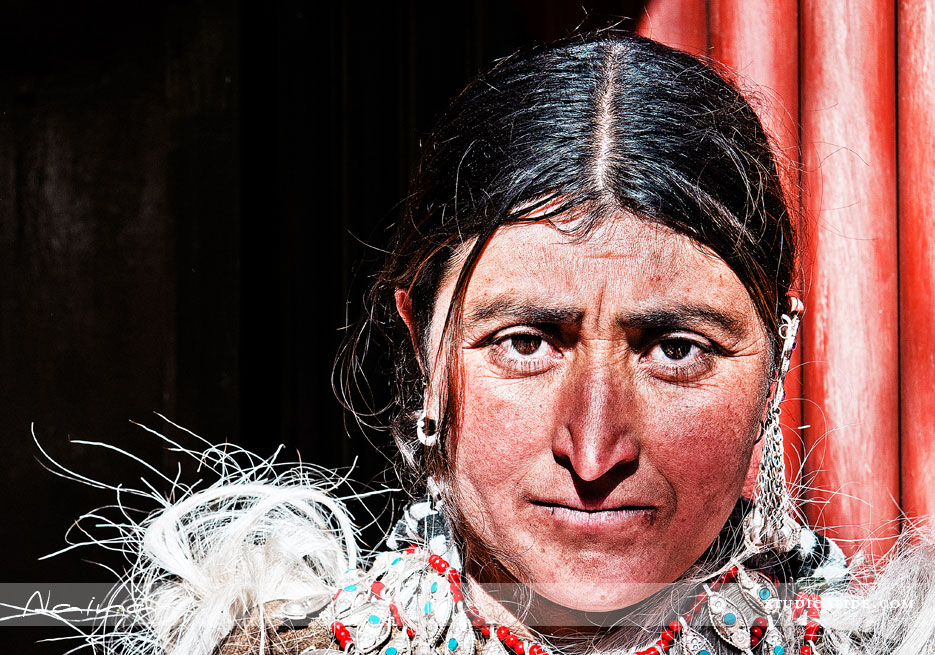
|
|
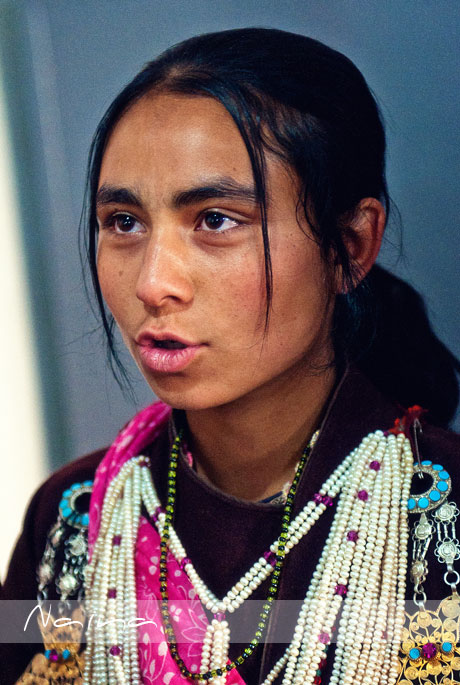
|
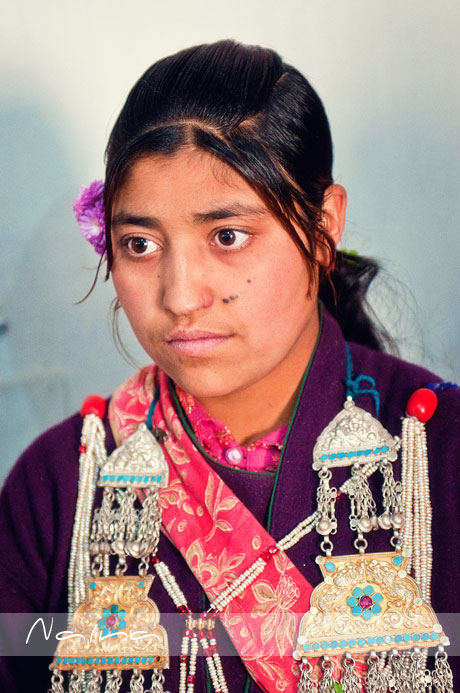
|
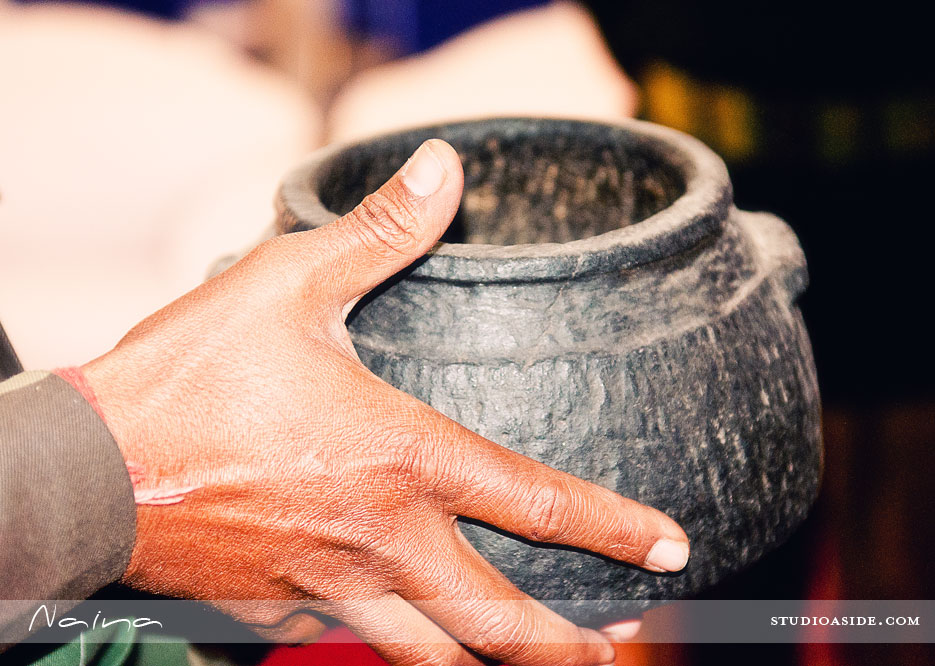 above : A cooking pot made from stone. These are carved out from a single rock depending on the size of the pot desired. But this practice is declining as more villagers adopt steel and plastics, although, each house will have at least one such stone pot. |
|
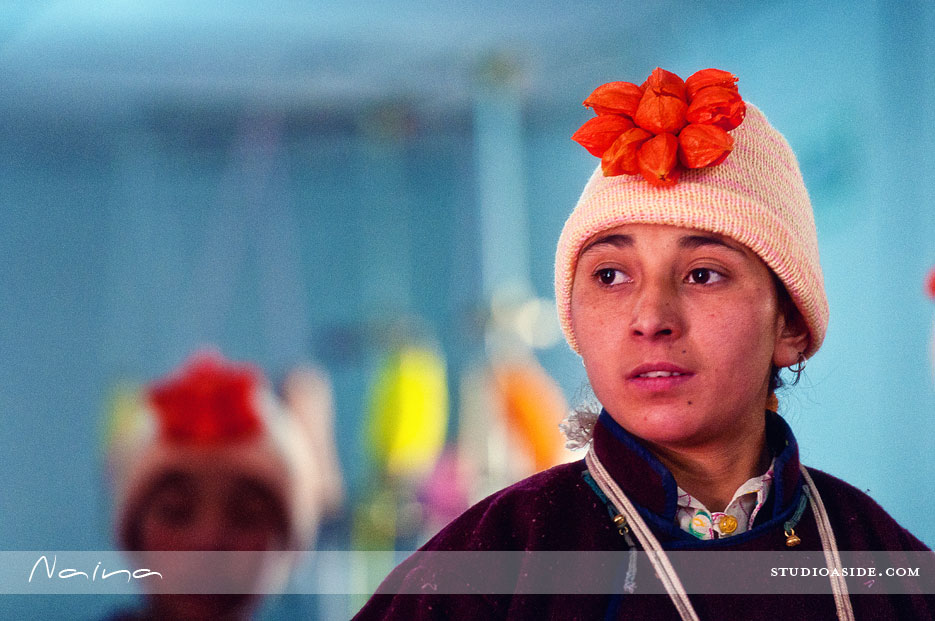
|
|
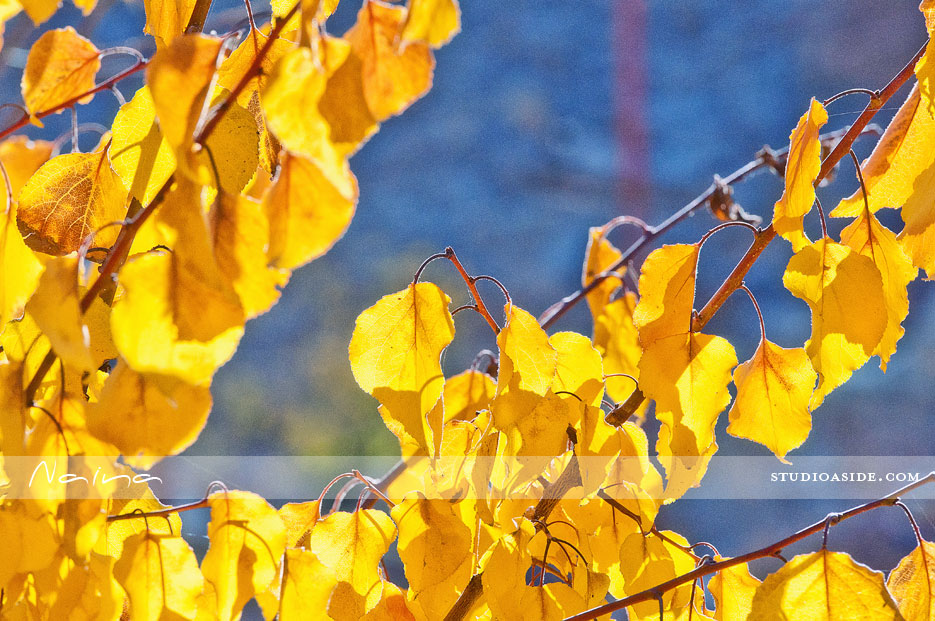
|
|
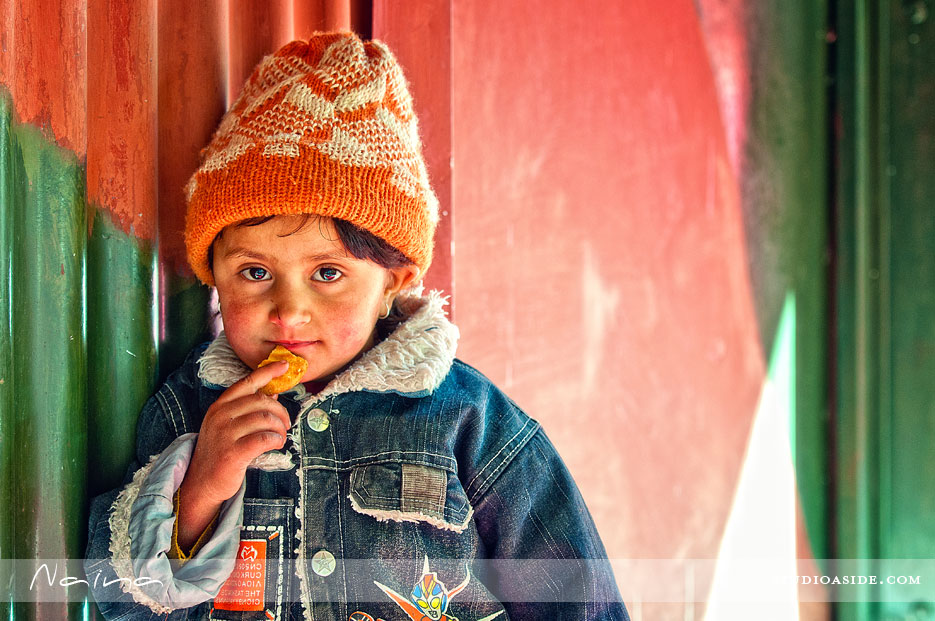
|
|
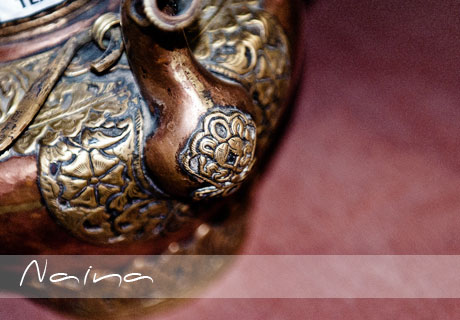
|

|
|
I can’t vouch for the history of the villagers – many claim they are of the “Aryan” race and I was told I would also find blue-eyed populace but I found no traces. They definitely have sharp features but then it wasn’t just the Aryans who had sharp features! Eventful day already – we hadn’t even had lunch. And there is so much more to come. Previously in this series. 01. Leh. From the air. 02. Drive. Leh to Batalik. 03. Batalik. Day One. and 05. Batalik. Day Two. Part Two. |
|

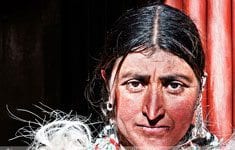

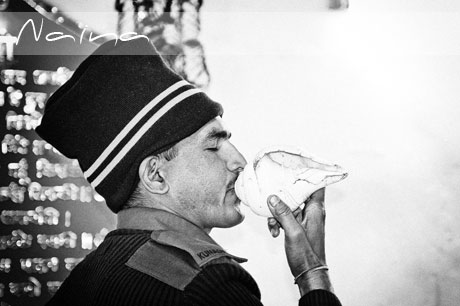
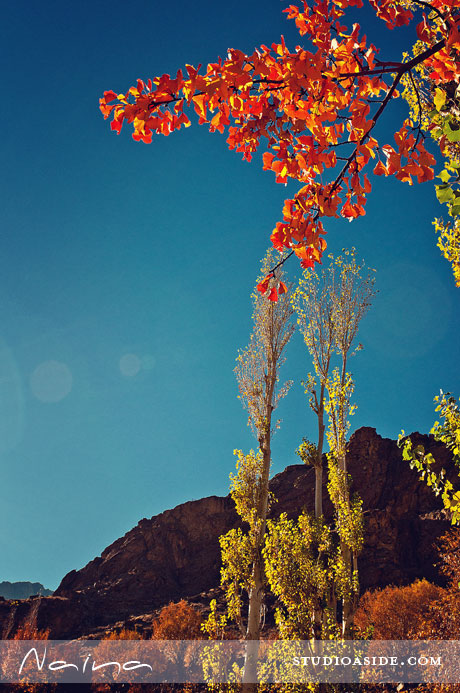

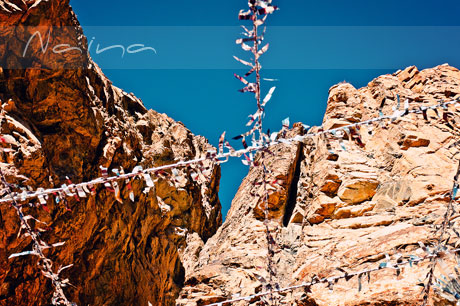
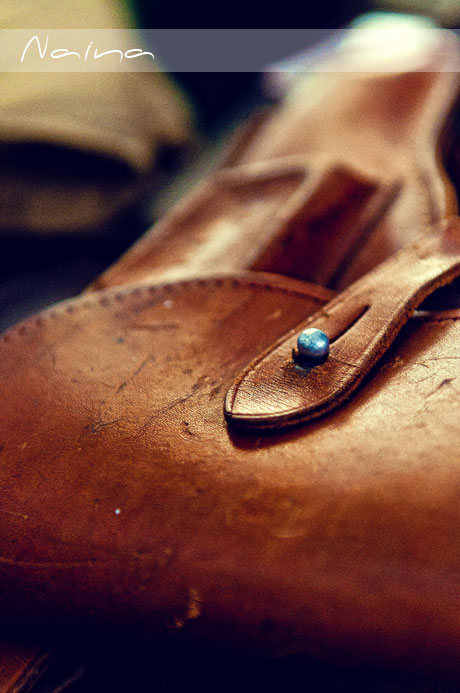
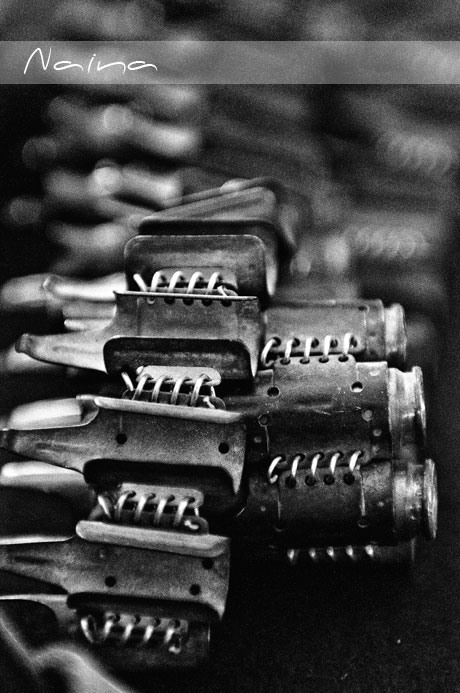
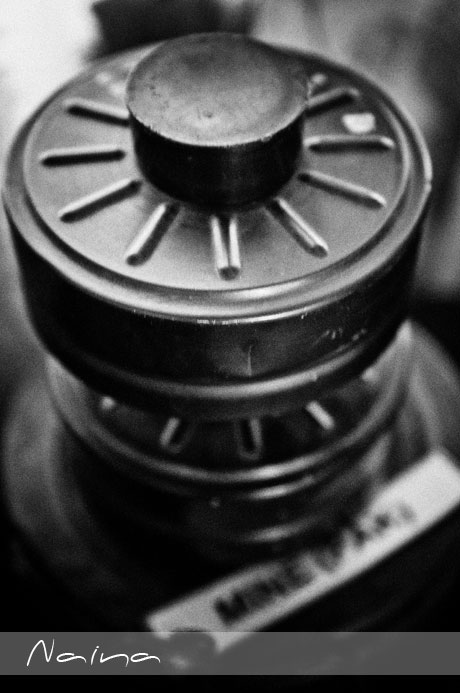
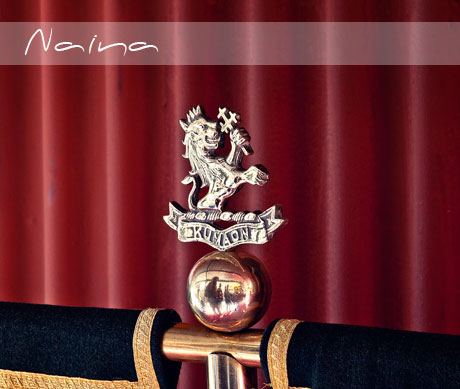
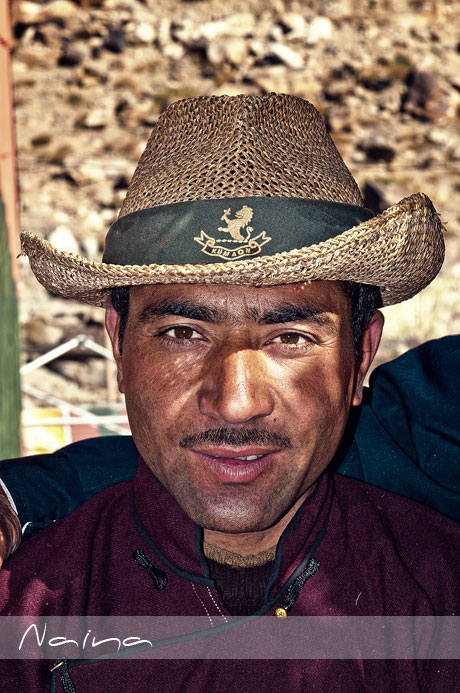
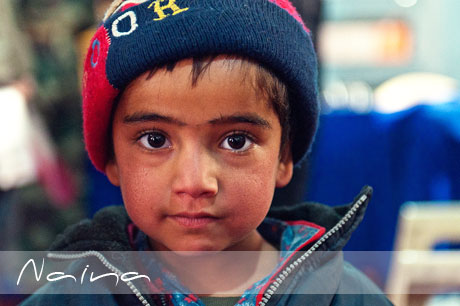
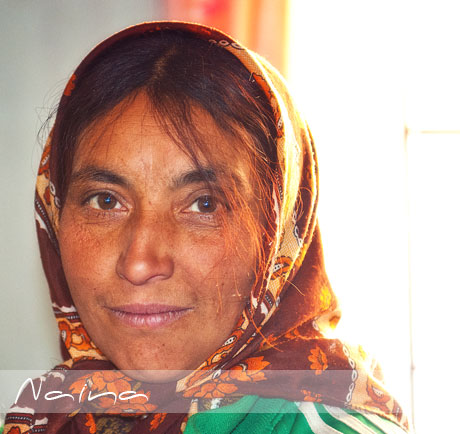
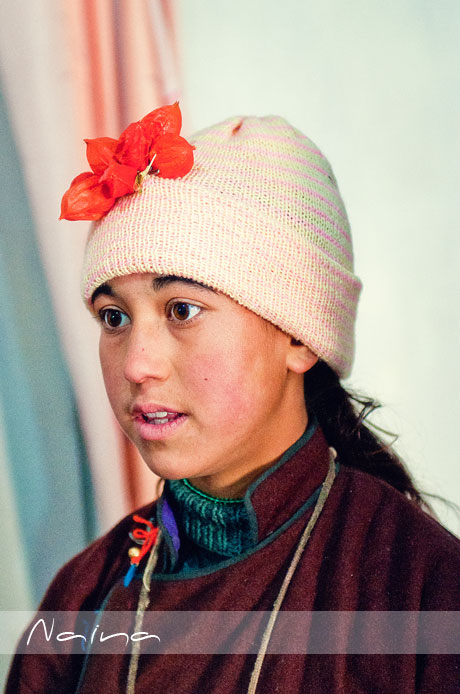
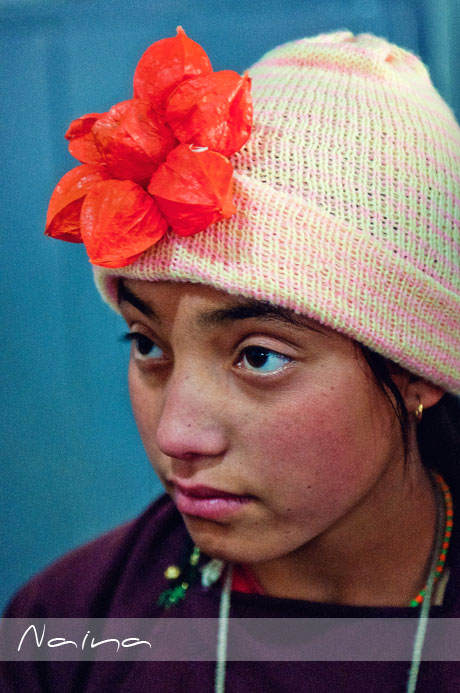
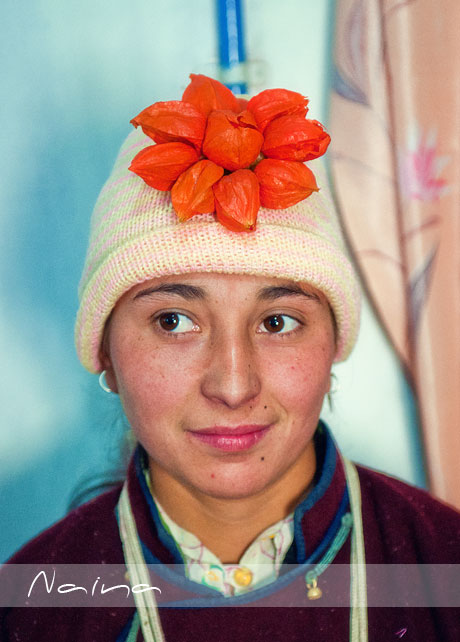
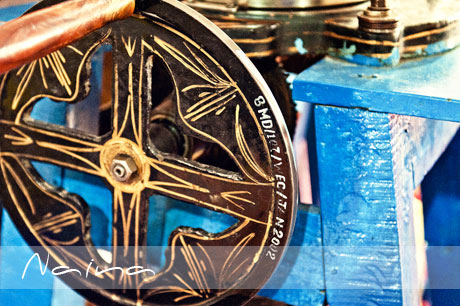
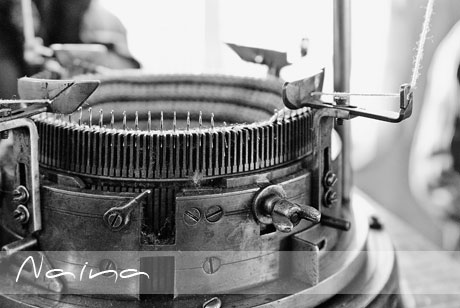
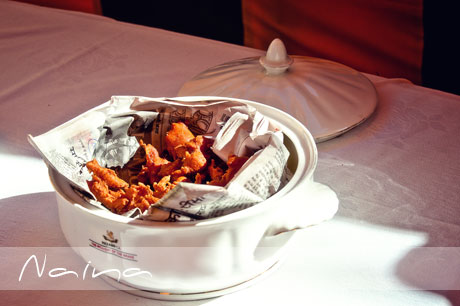
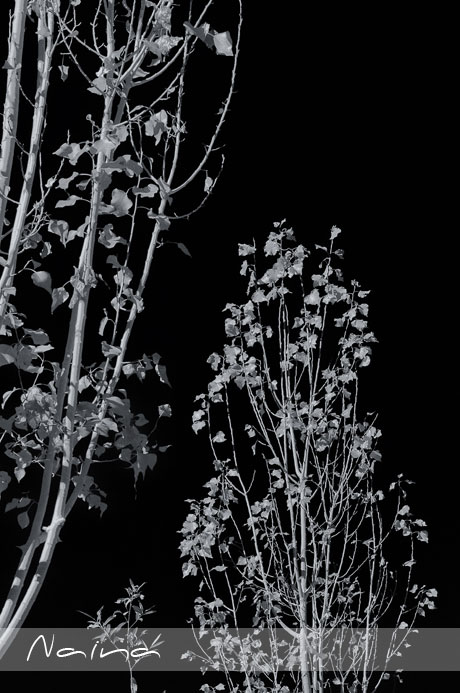
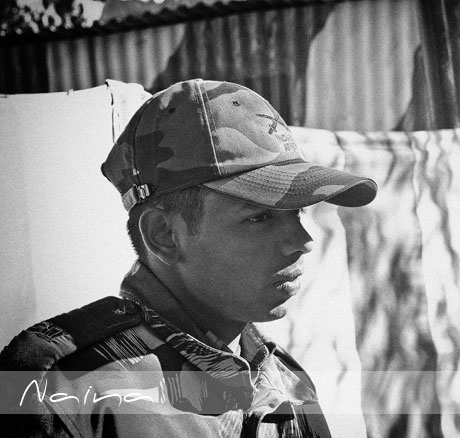
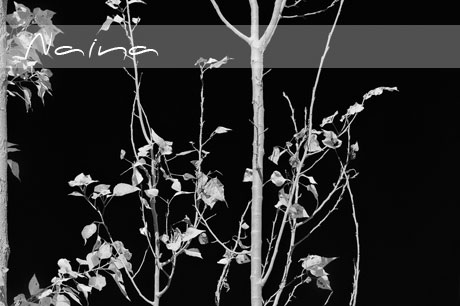
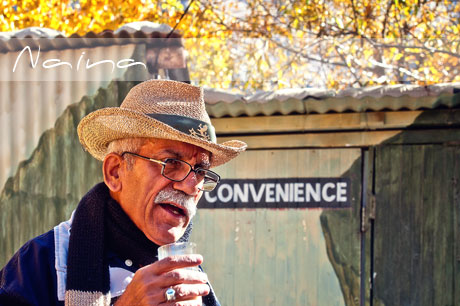
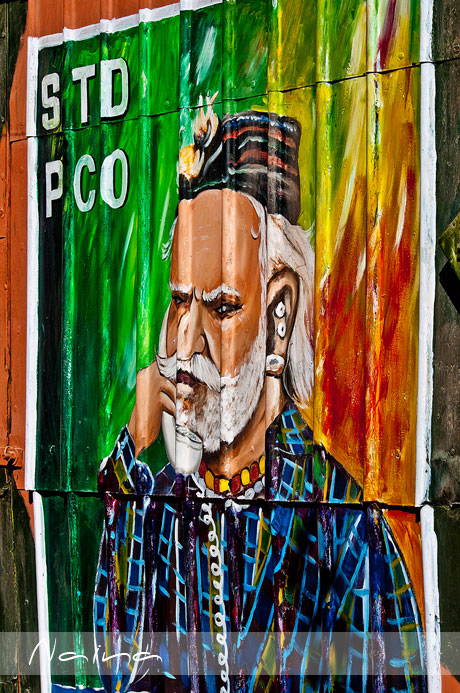
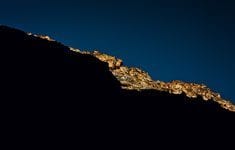


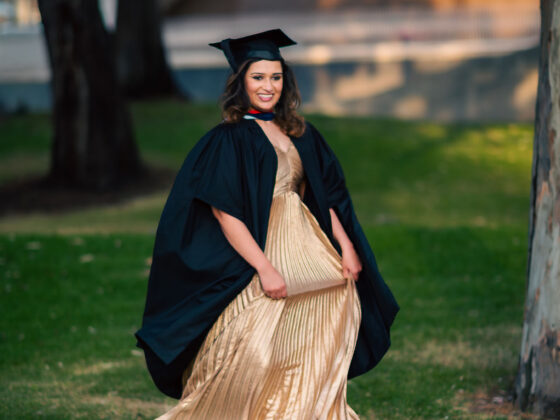
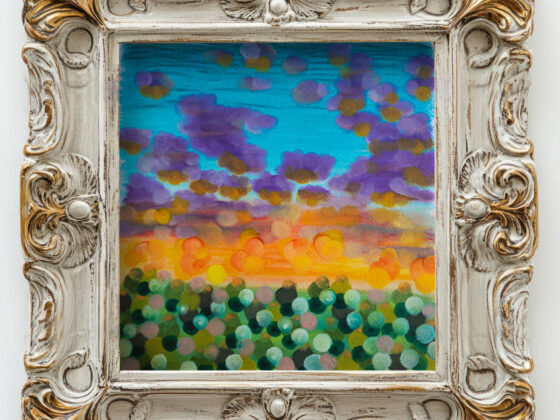
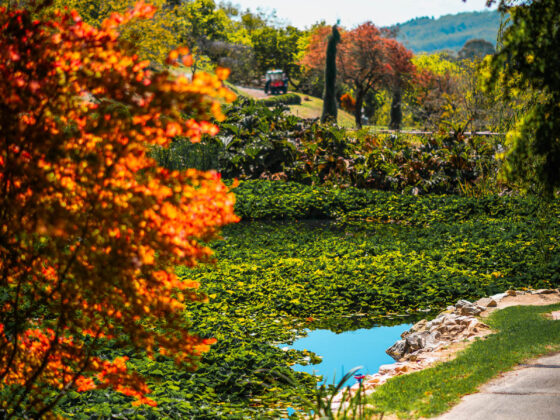

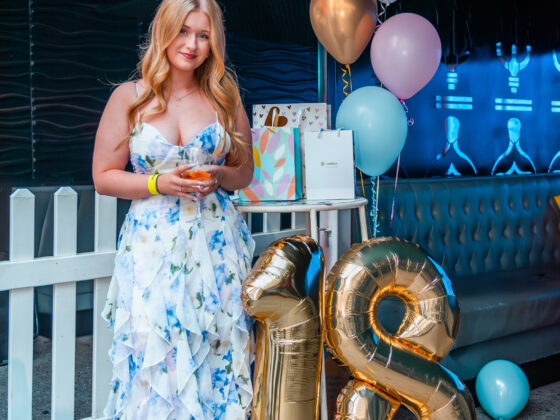
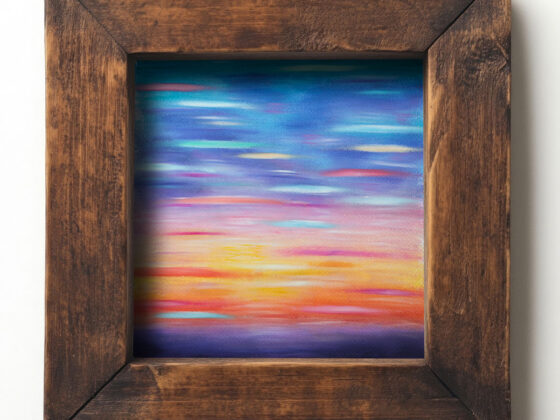
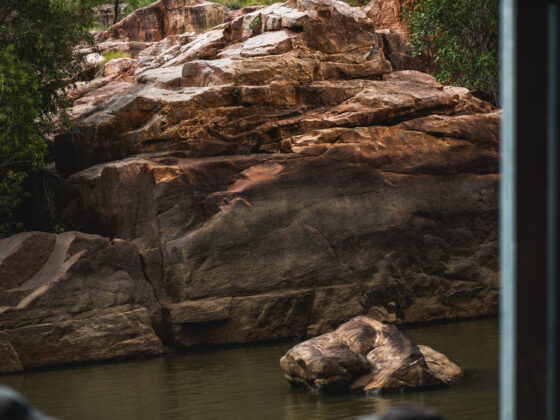
3 comments
i m impressed….. excellent work..
Nice photographs, I am a native of Batlik…do visit again….https://www.facebook.com/TheAryanValley
Thank you Sonam! I would love to visit again sometime 😉
Comments are closed.